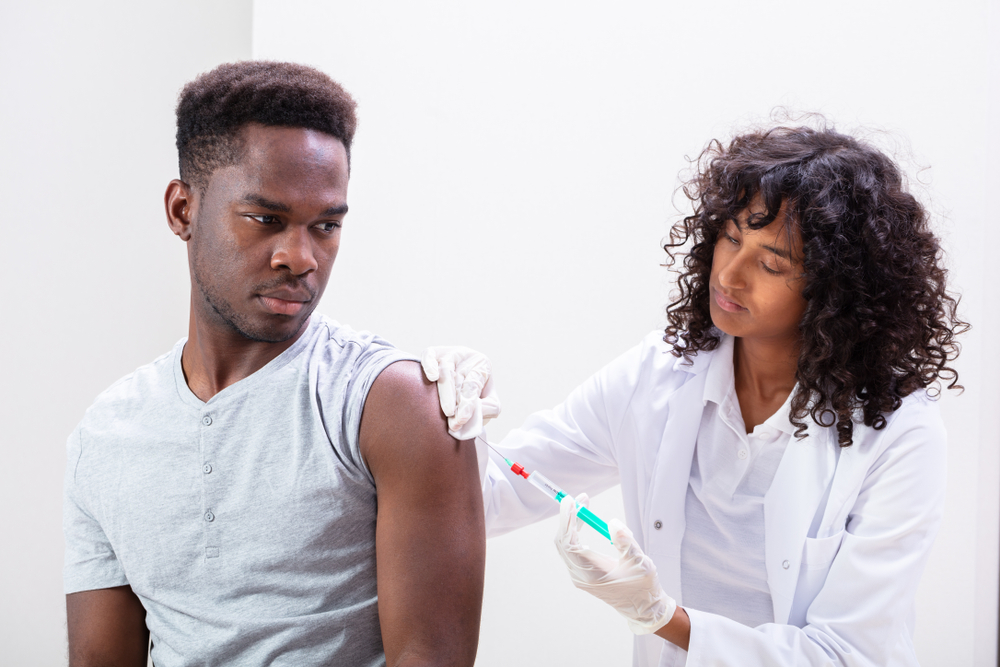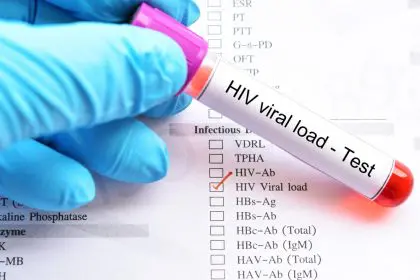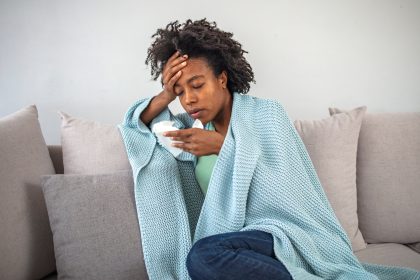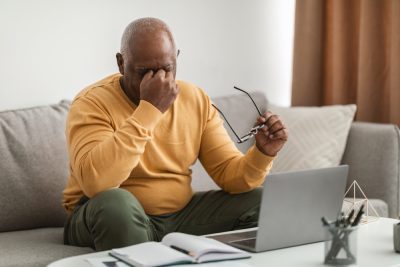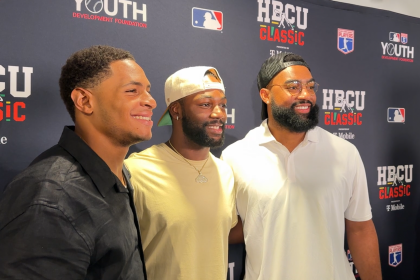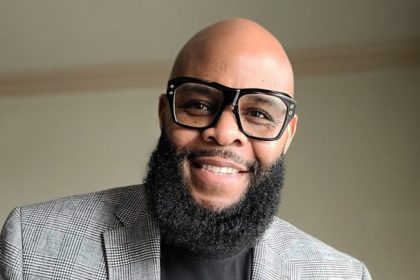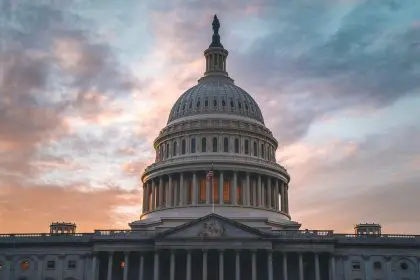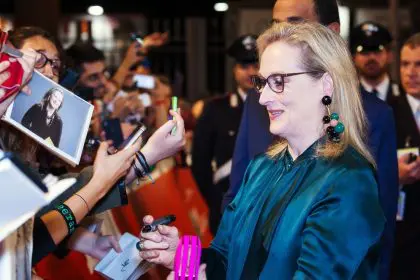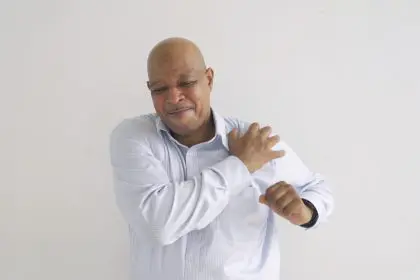Remember when getting a vaccine was about as controversial as eating your vegetables? Those days feel like ancient history now. Walk into any coffee shop, scroll through social media, or sit through a family dinner, and you’ll quickly realize that vaccines have somehow become the topic that makes everyone suddenly very interested in their phones.
The landscape of public health in America has shifted dramatically, and vaccine hesitancy isn’t just some fringe movement anymore. It’s your coworker, your kid’s teacher, maybe even your own family members who are raising eyebrows at that annual flu shot reminder from their doctor’s office.
The trust gap is real and it’s growing
Something fundamental has changed in how Americans view medical recommendations. The days when most people simply rolled up their sleeves because their doctor said so are fading faster than your phone battery during a Netflix binge. Today’s vaccine conversations happen in Facebook groups, YouTube comment sections, and kitchen table debates that would make political pundits jealous.
This shift isn’t happening in a vacuum. Years of mixed messaging, changing guidance, and a general erosion of trust in institutions have created the perfect storm. When health officials say one thing on Monday and adjust their recommendations by Friday, people start wondering if anyone really knows what they’re talking about.
The numbers tell a story that’s hard to ignore. Childhood vaccination rates have dropped in many communities, adult flu shot uptake varies wildly from state to state, and newer vaccines face an uphill battle for acceptance that would have seemed impossible just a decade ago.
Your zip code might predict your shot status
Geography has become destiny when it comes to vaccination attitudes. Drive through different neighborhoods, and you’ll find vastly different perspectives on that little card in your wallet. Some communities treat vaccination records like badges of honor, while others view them with the same enthusiasm as a root canal appointment.
Rural areas often show different patterns than urban centers, but the divide isn’t always as simple as city versus country. Affluent suburban communities sometimes show surprising pockets of hesitancy, while working-class neighborhoods might embrace certain vaccines while questioning others. It’s like a patchwork quilt of attitudes that doesn’t follow the neat lines you’d expect.
This geographic clustering creates its own challenges. When hesitancy concentrates in specific areas, it can create vulnerability pockets where preventable diseases find easy targets. Think of it like leaving your front door unlocked in a neighborhood where everyone else has security systems.
The internet became everyone’s medical school
Social media transformed how people research health decisions, and vaccines got caught in the crossfire. Suddenly, everyone has access to medical journals, alternative health websites, and that one friend who “did the research” and wants to share their findings with anyone who’ll listen.
The problem isn’t that people are asking questions. Questioning medical decisions is actually pretty smart. The challenge is that not all information sources wear the same credibility uniform, and distinguishing between legitimate concerns and fear-mongering has become a full-time job that nobody applied for.
YouTube videos can look just as professional as medical conferences. Blog posts can cite real studies while drawing questionable conclusions. That passionate parent in your local Facebook group might have genuine concerns mixed with information that wouldn’t pass a basic fact-check test.
Doctors are having different conversations now
Healthcare providers have had to completely reimagine how they discuss vaccines with patients. The old approach of stating recommendations and expecting compliance has given way to longer conversations, more questions, and a lot more patience than medical school probably prepared them for.
Many doctors report spending significantly more time addressing vaccine concerns than they did in previous decades. These aren’t quick conversations anymore. They involve discussing specific ingredients, explaining how vaccines work, addressing social media claims, and sometimes agreeing to disagree while maintaining the doctor-patient relationship.
Some healthcare providers have developed new communication strategies, focusing on listening first and educating second. Others have created handouts addressing common concerns. A few have even started recommending specific, credible online resources to help patients sort through the information overload.
The ripple effects reach everyone
Vaccine hesitancy doesn’t exist in isolation. It influences everything from school policies to workplace requirements to travel planning. Schools wrestle with exemption rates and outbreak preparedness. Employers navigate vaccine policies that balance public health with employee relations. Even social gatherings sometimes involve subtle calculations about who’s comfortable with what.
The healthcare system itself feels the impact through increased disease surveillance, outbreak response planning, and resource allocation. Public health departments spend more time on disease investigation and contact tracing for conditions that were previously well-controlled.
Insurance companies, pharmaceutical developers, and policy makers all factor hesitancy into their planning now. It’s become a variable in equations that used to seem straightforward.
Finding middle ground in a polarized landscape
Despite the heated rhetoric, most Americans fall somewhere in the middle of the vaccine debate. They’re not completely opposed to all vaccines, nor do they accept every recommendation without question. They want information, they want choice, and they want their concerns acknowledged rather than dismissed.
This middle ground represents both a challenge and an opportunity. These are the people who might delay a vaccine while gathering more information, who ask their doctors detailed questions, or who make different decisions for different vaccines based on their personal risk assessment.
Building trust with this group requires patience, transparency, and recognition that one-size-fits-all messaging doesn’t work in a diverse society. It means acknowledging that reasonable people can look at the same information and reach different conclusions about their personal health decisions.
The conversation about vaccines in America has fundamentally changed, and there’s no going back to the simpler times when these discussions were purely medical rather than cultural. The challenge now is finding ways to have these conversations that respect individual autonomy while protecting community health. It’s messy, it’s complicated, and it’s not getting resolved anytime soon.

